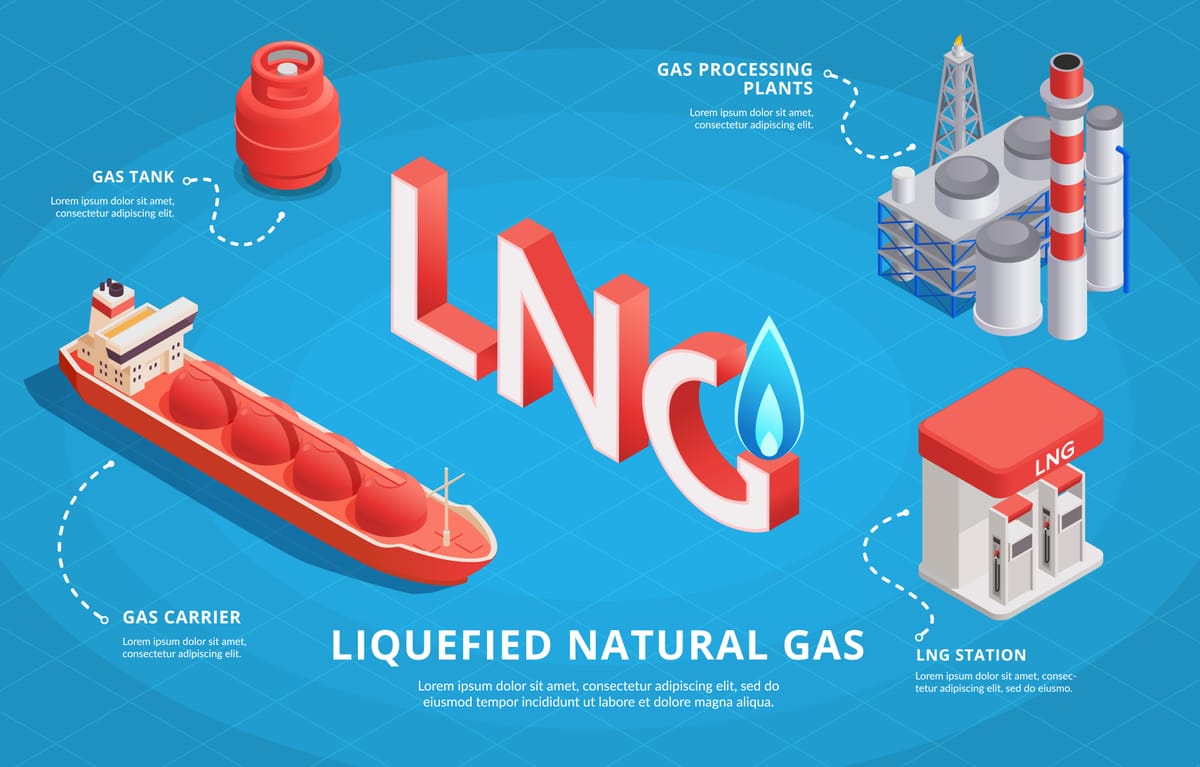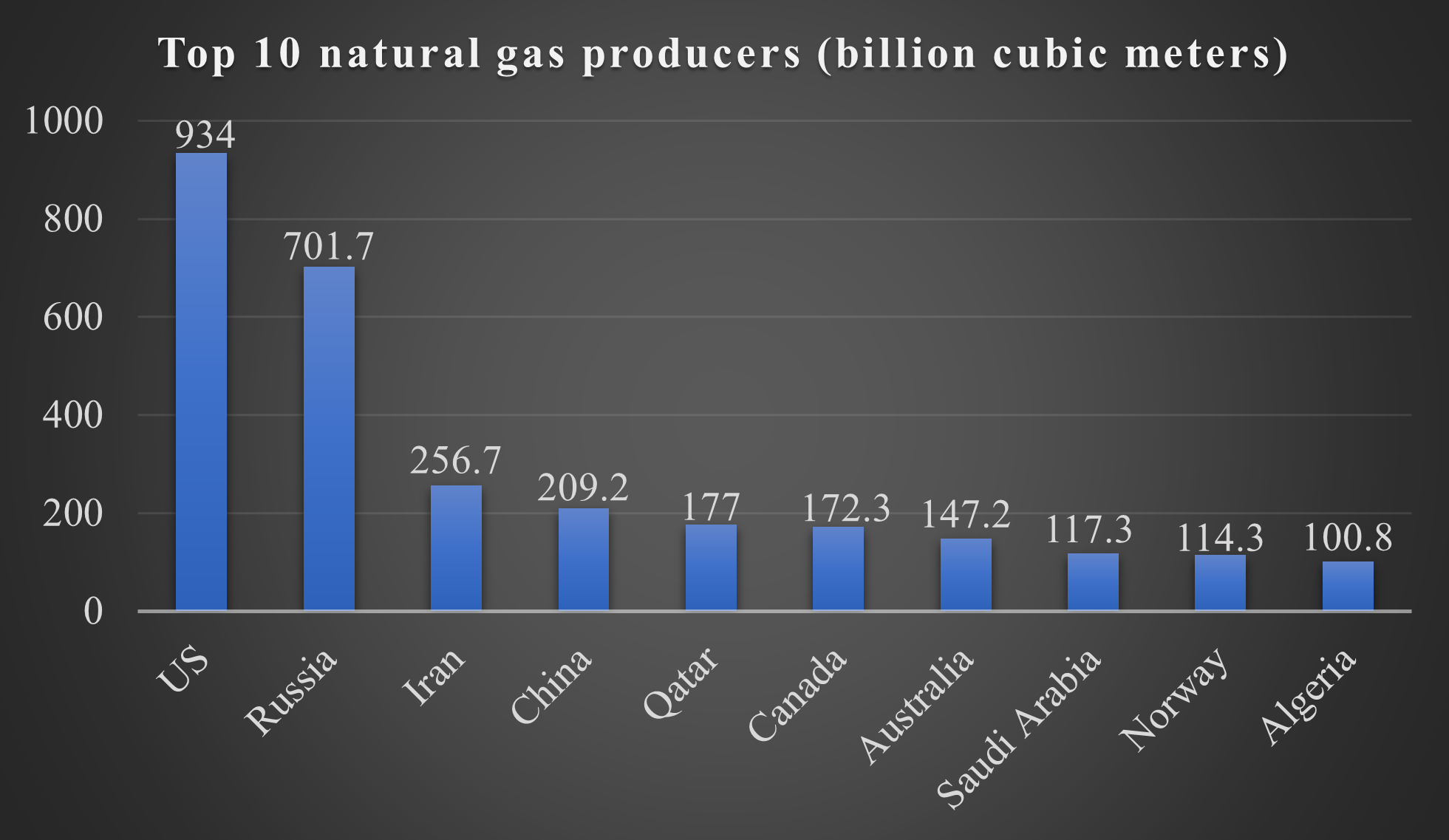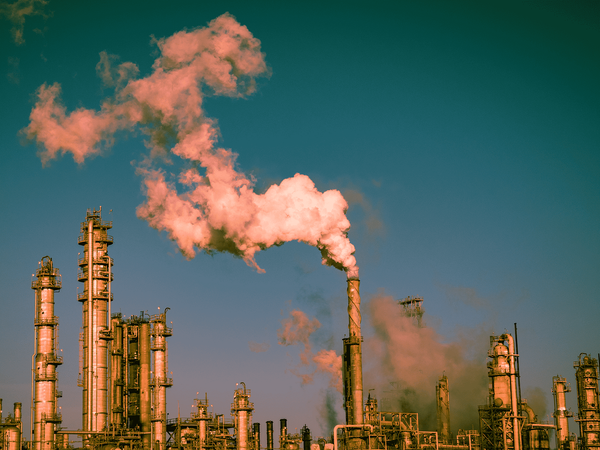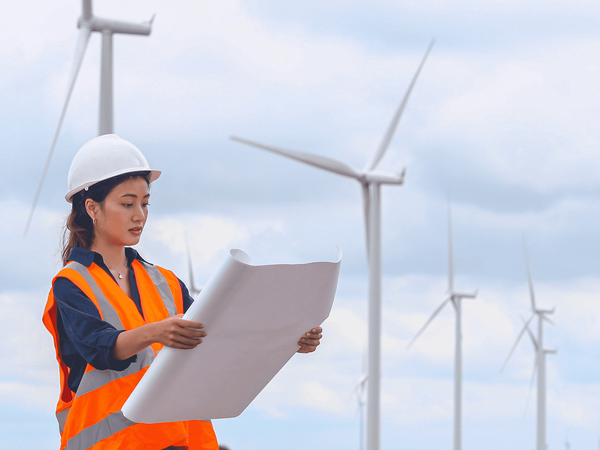New LNG exports and facilities raise concerns

Liquefied Natural Gas (LNG) has made a headline this week as the oil tanker, called British Sponsor left Mozambican territorial waters carrying the first cargo from LNG Coral Sul FLNG facility, installed 80 kilometers offshore Mozambique.
The floating plant operates with the world's most cutting-edge deep-sea LNG technology and has a design life of 25 years. With a capacity of 3.4 million tonnes per year, it is Africa's largest and the world’s second-largest FLNG project in the world.
In Europe, the northern German port of Wilhelmshaven opened the country's first LNG facility that allows ships to deliver gas in liquid form. The Norwegian vessel, called Höegh Esperanza, is expected to be the first one to dock at the quay in December.
What is Liquefied Natural Gas?
Natural gas has been widely used as a source of energy in homes, businesses, and industries for heat or to generate electricity. Usually, for the ease of storage and transport to longer distances, the natural gas is turned into clear, colorless, and non-toxic liquid LNG by cooling to -162˚C (-260˚F). In a liquid state, the volume becomes 600 times smaller than that of the gaseous state.
The most preferred way of transporting LNG is through pipelines, but it is also transported through tankers, ships, and degasification plants – depending on where it is to be used, locally or abroad. These kinds of ships and tankers are geared up with highly advanced leak detection systems, emergency shutdown frameworks, and various other innovations planned to guarantee the safe shipment of LNG. After being imported, LNG is moved to huge storage tanks, evaporated, compressed, and delivered as natural gas through a transmission network.

The LNG industry sector is expanding and becoming more and more competitive on a worldwide scale in recent years. Figure 1 shows the top 10 LNG producers in 2021. The United States (US) topped the list as technological breakthroughs over the last two decades in natural gas exploration led to an annual increase. The US became a top LNG exporter in the first half of 2022, of which 68% went to Europe.
Currently, natural gas accounts for about 25% of the EU's total energy consumption. Russia, a major player in the global energy market, is the world’s second-largest producer and the country heavily relies on revenues from natural gas, which makes up nearly 45% of its economy. In the first half of 2022, the EU imported about 31% of LNG from Russia.
Environmental Impacts
Over the past two decades, LNG is recognized as a lower greenhouse gas emitting gas. LNG is believed to produce around 30% less carbon dioxide (CO2) compared to fuel oil and 45% less than coal and therefore has been an appealing option to replace fossil-fuel-based energy. It is particularly well-known for having lower damaging pollutants, sulfur dioxide, mercury, and other substances that are detrimental to the earth's atmosphere, such as soot, dust, or other particulates.
Data shows the Global Warming Potential (GWP) of power generated from LNG imported from the US in Europe is 23%- 56% less than regional coal over the full life cycle and LNG imported through pipelines is 20%- 53% less. Many countries, such as the US is lowering greenhouse emissions over the past decade and kept the prices stable enough by switching to natural gas.
Read: 'Green' Gas And Nuclear Could Divide The EU
However, although LNG has significantly reduced risks than other carbon-emitting fuels, it does enough damage to the ecosystem by producing methane— an important element resulting in climate change and global warming. Due to the chemical bonds within its molecule, methane is much more efficient at absorbing heat than CO2 (as much as 86 times more), making it a very potent greenhouse gas.
Methane makes up the most important part of LNG and when accidentally leaked, can cause enormous destruction. This is important because a vast section of the Atlantic contains pipes that carry gas from Russia. End of September, Nord Streams 1 and 2 leaked due to an explosion near Sweden and Denmark, that released large volumes of methane. The released volume is approximately 0.25% of the annual capacity of the pipelines, an amount nearly equal to the total release from all other sources of methane in a full year across Sweden. A Danish official said these gas leaks could emit a CO2 equivalent of 14.6 million tonnes, equal to one-third of Denmark's total annual greenhouse gas emissions.
Read: Germany's Farewell To Nord Steam 1
After Russia invaded Ukraine and turned off gas to Europe, there was panic that there wouldn't be enough natural gas to get through the winter. European countries immediately started ordering all the LNG they could get their hands on, due to which LNG imports are up 65% over 2021.
Read: Europe Fears The Elevating Energy Cost
Read: EU's Emergency Meeting To Discuss Energy Crisis
However, Europe was not prepared to accommodate all the imports. Now, more than 30 tankers are floating around Europe because there are not enough ports with "regasification" capacity to unload them all. This is expected to trigger a problem with LNG: boil-off gas (BOG)— that releases methane into the atmosphere as the tanks warm up. According to an article in Treehugger, if a ship is carrying a load of 126,500 cubic meters, 9629 cubic meters of methane gas leaks into the atmosphere— that is 7.61% of the gas.
Although the industry claims that natural gas is the cleanest fossil fuel, and LNG is the most economical way of transporting them, the fundamental impact of BOG that leads to methane leaking into the atmosphere is mostly overlooked.
This brings us to the point where we should look at the longer term that provides better flexibility for economic, environmental, and social impacts. Europe is planning to build 20 new LNG terminals in Europe. Instead of investing in more LNG infrastructure, it’s time we think about reducing demand and looking for renewable solutions as soon as possible.
Summary
- This week, Mozambique announced the start of the export of Liquefied Natural Gas (LNG)
- In Europe, Germany opened the country's first LNG facility
- LNG takes up around 600 times less volume than gas
- The environmental impact of LNG is often overlooked



